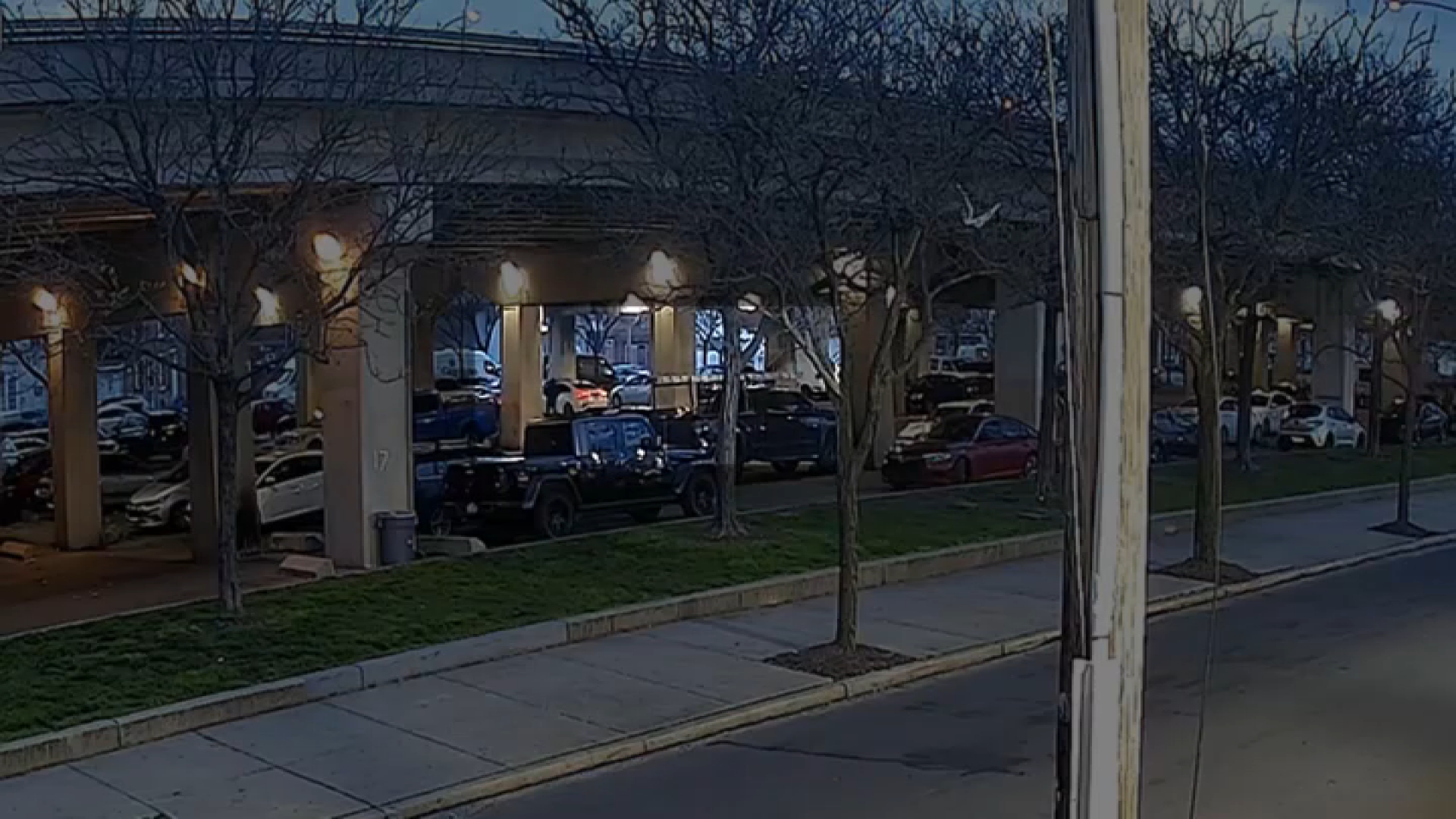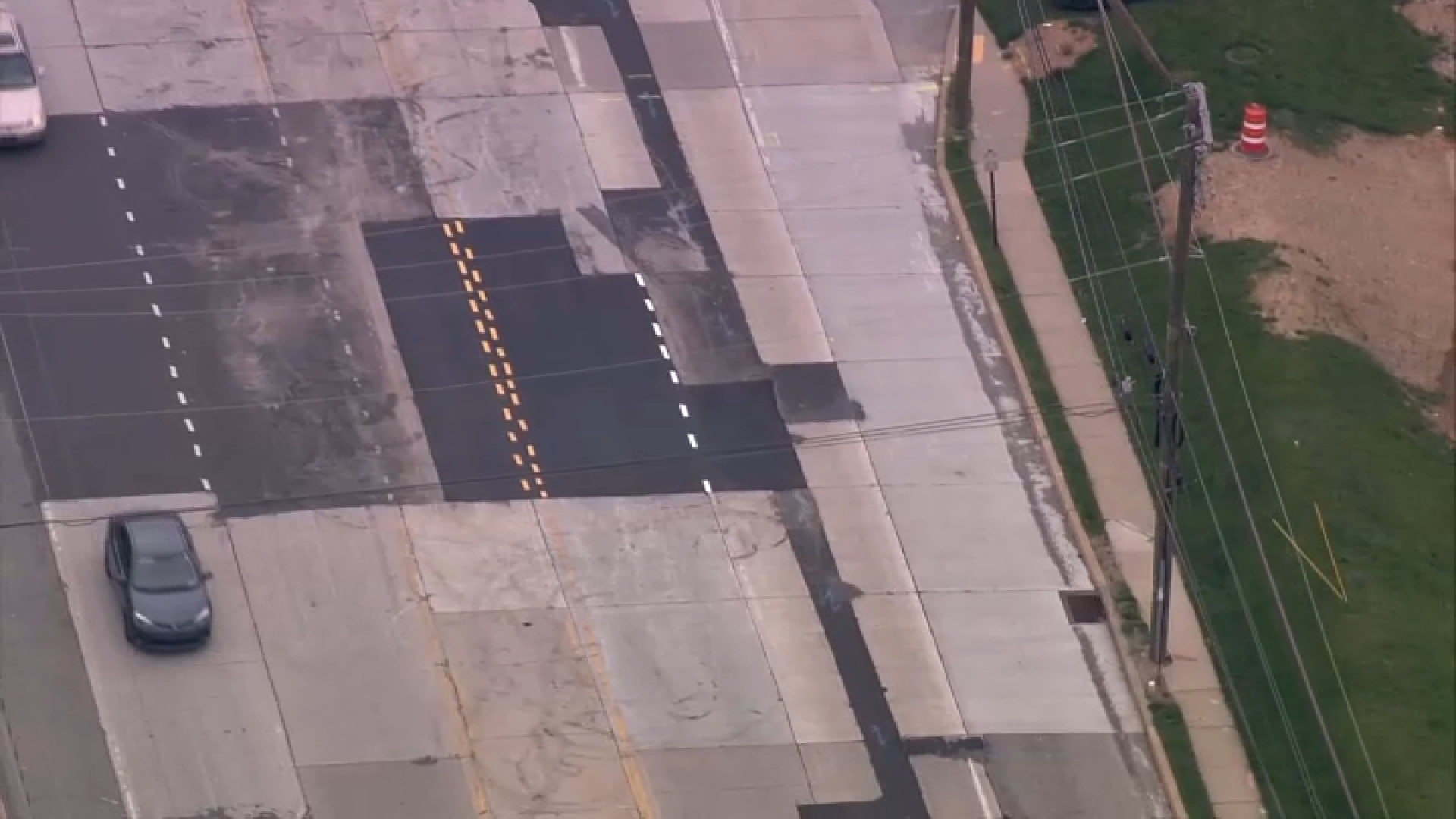About three miles inland from the Shore and 15 miles north from Cape May, stands one of New Jersey's most prized parks and celebrated zoos.
The Cape May County Zoo, bankrolled primarily through by the county's $5 billion tourist industry, is recognized for its species preservation programs.
For the free zoo's half-million yearly visitors, it's all about meeting the new snow leopard cubs, the mighty tigers, frolicking lemurs or many varieties of birds.
It takes 42 people and about $1.5 million to run the 85-acre zoo. Their focus is on all the animals.
But there's a particular emphasis on Himani, the formidable mom of those snow leopard cubs.
Veterinary assistant Alex Ernst is proud this zoo is recognized as having the most successful snow leopard breeding program in the country. He gives credit to Himani.
With her mate Vijay, "she is responsible for the four years of cubs we've had here. Not only because she's fertile, but because she's so excellent at raising these cubs," Ernst said. "We've never had an issue with four litters and they're healthy happy cubs. In an overall population when you only have 13 percent of animals producing cubs, it's nice to have one that good at it."
Local
Breaking news and the stories that matter to your neighborhood.
Some of the animals, says Ernst, are sent to other zoos and others are bred to boost wild populations. The zoo, which is home to 550 animals representing about 250 species, is a member of the international Species Survival Plan.
"So we know the lineage of all the animals in captivity. So breeding recommendations can be made to optimize the genetics, meaning no inbreeding, crossbreeding, nothing like that," Ernst said.
This zoo is credited with breeding Chinese alligators -- a severely endangered species -- and fragile species including tiger salamanders, African mountain antelopes known as bongos, and ring-tailed lemurs, made popular in the animated movie "Madagascar."
BEHIND THE SCENES IN THE AFRICAN SAVANNAH
On any given day, entire families flock to the zoo and move from one area to another along elevated boardwalks to see the animal-themed parklets, aviaries, reptile houses, and vast expanses where animals roam.
To get a behind-the-scenes view, we hop in a Jeep driven by zoo director Michael Laffey.
The African savannah area is home to giraffes, ostriches, zebras, African mountain bongos, Watusi cattle, oryx antelopes and others. "So it's a big area with a lot of different animals out here," Laffey says.
We stop near the grassy area where four giraffes stand quietly behind a tall fence. Laffey cracks a smile talking about them.
"They're gentle giants," he says. "When you get closer, you can see how long their eyelashes are. They're beautiful, they're graceful when they walk and have the same grace when they run."
They're also surprising, Laffey adds.
"Normally giraffes are always standing and rest 15 minutes at a time. But things changed four years ago when we brought a male giraffe from Busch Gardens to mate. He sits down and they learned that same behavior," Laffey says. "I think we are the only zoo where you get close to giraffes and they're all sitting down. Pretty neat."
SANDY AND OTHER STORMS
Just when I was about to ask Laffey about Superstorm Sandy's impact, a thunderstorm started moving in and the giraffes disappeared. Staff members had shepherded them inside for fear of lightning striking the tall animals.
It's part of the park's standard operating procedure, says Laffey, every time there's a storm of any significance. As luck and storm trajectory would have it, the zoo was hardly affected by Sandy, save for a few knocked-down trees and fences.
"It probably takes us a day and a half or two days to prepare for a storm that was severe like Sandy. And it's almost the entire staff as well as other departments in the county who come and help move the animals inside facilities, secure areas in high ground," he says. "It's almost like clockwork."
In fact, the clock never stops at the zoo, which is open to the public every day, all year long except for Christmas. There are animals to take care of and feed with the zoo spending $40,000 a year just for produce.
The next project is large snow leopard maternity area with a glass enclosure and air-conditioned areas for the entire feline family.
This story was reported through a news coverage partnership between NBC10.com and NewsWorks.org.



